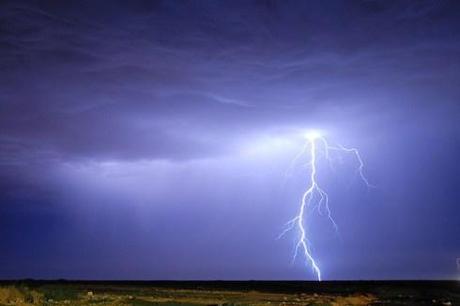by the Center for Biological Diversity

Even something as evanescent as lightning can tell a tale.
“Fulgurites” are geological formations created when lightning pierces the earth, melting the sand to form a glassy, hollow, tubular cast of the bolt. Scientists can date these petrified electrical discharges and gather data from them on ancient climates and ecologies.
A fulgurite specimen discovered in the Sahara desert in 2007, for instance, also held bubbles of trapped carbon dioxide, carbon monoxide and nitric oxide, created when the lightning oxidized organic material in the soil some 15,000 years ago. Researchers were able to conclude from the gases that the ecology of the Sahara back then, unlike the dry desert of today, consisted of hearty grasses and shrubs typical of semi-arid environments. Fresh evidence that the Sahara was once a more hospitable place — and that lightning really is illuminating.
Read more at ScienceNOW.

